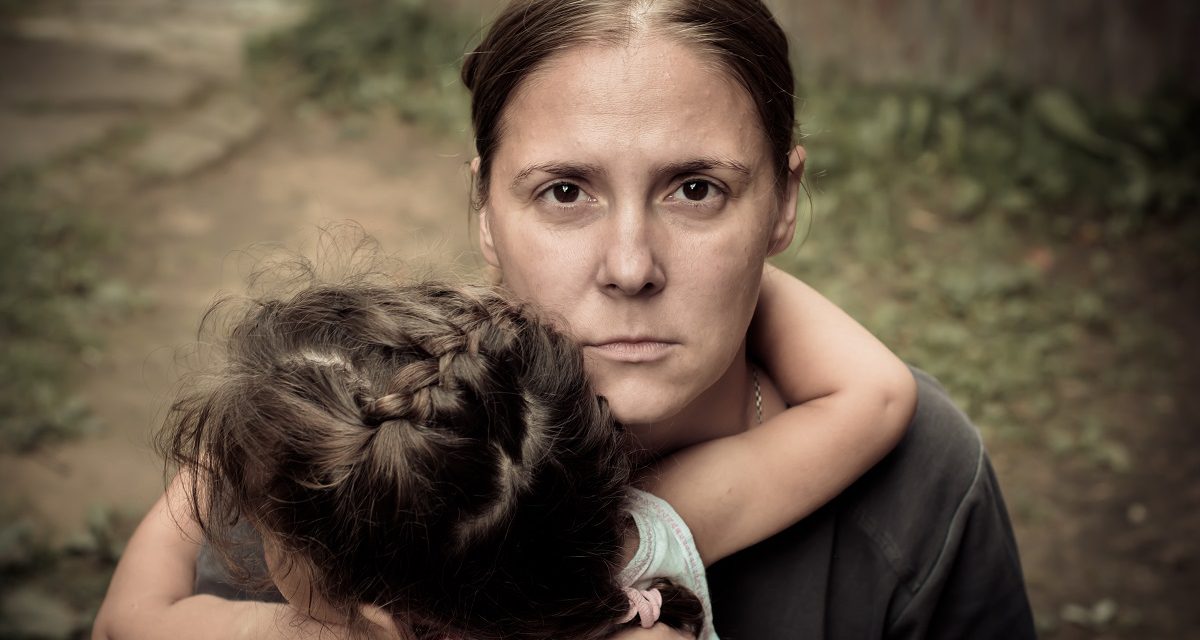By Tempest Wright
When it comes to life in rural America, there are several implications that point to why those who live outside of metropolitan areas remain impoverished and disenfranchised. Generational poverty is described as a family that has been poor for two or more generations. The cycle of poverty within the family continues, decade after decade, and it is a cycle that often feels impossible to disrupt. Poverty’s grip on society is unique in that it suppresses executive function, attention, and cognitive development – all components needed to build a sustainable quality of life. Scientists shared these findings at the 2015 International Convention of Psychological Science. These difficulties set in motion the cycle of poverty for millions of Americans, especially those who live in rural parts of the country.
The Levels of Poverty
According to the Centre for Social Justice, there are five factors that drive poverty, and unemployment is one of them. While rural employment is growing, it hasn’t fully bounced back from the Great Recession of 2007-2009, according to the United States Department of Agriculture (USDA). From 2007-2010, the average rate of employment grew just 0.5% compared to 1.8% in urban communities.
However, even when individuals find employment some of them remain impoverished. PBS NewsHour reports that in 2015, nearly one-third of rural workers lived in households that made an income at 50% beneath the poverty line. Most growing industries, such as careers in tech, aren’t establishing jobs in rural areas.
Furthermore, factories and coal mines – staples of rural employment – are antiquated and no longer a reliable source of income. Climate change and economic hardship have also challenged the sustainability of agriculture as a source of work. Additionally, disabilities and senior citizenship are more common in rural areas, which leaves few employment opportunities. Those living in rural areas also have reduced access to transportation. Therefore, their options regarding employment are limited, due to availability and distance.
Substance Abuse
Not only does poverty increase stress and feelings of hopelessness, it decreases self-esteem and access to social support and healthcare. All of this can lead people to self-soothe their troubles through maladaptive means. For those who aren’t necessarily poor but are heavily exposed to substance abuse, they could slip into poverty should they become addicted. Substance use disorder (SUD) is an ongoing concern in rural communities, and it is one of the driving factors of the prevalence of poverty. Alcohol and opioid use are common vices in rural areas. HealthDay News reports that alcohol-related deaths rose 43% from 2006-2018 in rural America.
In 2015, the International Journal of Drug Policy reported that nearly 5% of rural adults reported using prescription opioids for non-medical purposes. Additionally, those who abuse prescription opioids are 19 times more likely to start using heroin, as heroin is more affordable and easier to obtain than pharmaceuticals. This is doubly concerning, as intravenous drug use increases the likelihood of contracting hepatitis C or HIV and of dying of accidental overdose. These issues leave rural communities ravaged by health disparities and mortality.
Debt
The next driving factor of rural poverty is debt. Whether it be student loans or the continuing financial crisis that plague farmers, owing money (with interest) to lenders and banks keeps people disenfranchised. According to Lending Tree, rural residents have lower credit scores than their urban counterparts and struggle more to manage their debt. While Americans in rural communities are in less debt than those in metropolitan areas, they also bring in substantially less income.
Family Hardship and Access to Education
Finally, dismantled families and educational setbacks perpetuate poverty. Divorce, teen pregnancy, and households left with one parent to care for everyone are sources of significant stress and financial hardship. Hunger, financial instability, and housing insecurity raise a student’s risk of dropping out of school. Students who drop out are more likely to experience joblessness and substance abuse, thus continuing the cycle.
All these factors intersect and play a key role in keeping rural residents in the grips of poverty from generation to generation. The persistence of poverty in rural America is directly linked to the lack of infrastructure and opportunities in these areas. Rural Americans are just as valuable as those who reside in metropolitan cities around the country, and it’s imperative that they are allowed to progress in the same way that urban dwellers are. Rural and urban communities alike have their fair share of hardships and setbacks. The difference, however, is that rural communities are often overlooked due to lack of visibility (small town populations) and American industrialization. The cycle of generational poverty can be disrupted if attention and infrastructure are put in place so that those living rural have every opportunity to succeed that their urban counterparts do.
Efforts are underway by the federal government to address barriers to health care in rural communities. Although this won’t necessarily solve disparities in employment, housing, and education, it is a much needed emphasis on the many deserving individuals who reside in rural towns across America. To learn more, check out this article: HHS Addresses Population Health with Ambitious Rural Action Plan.








